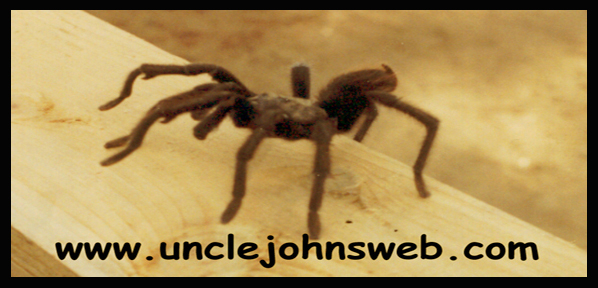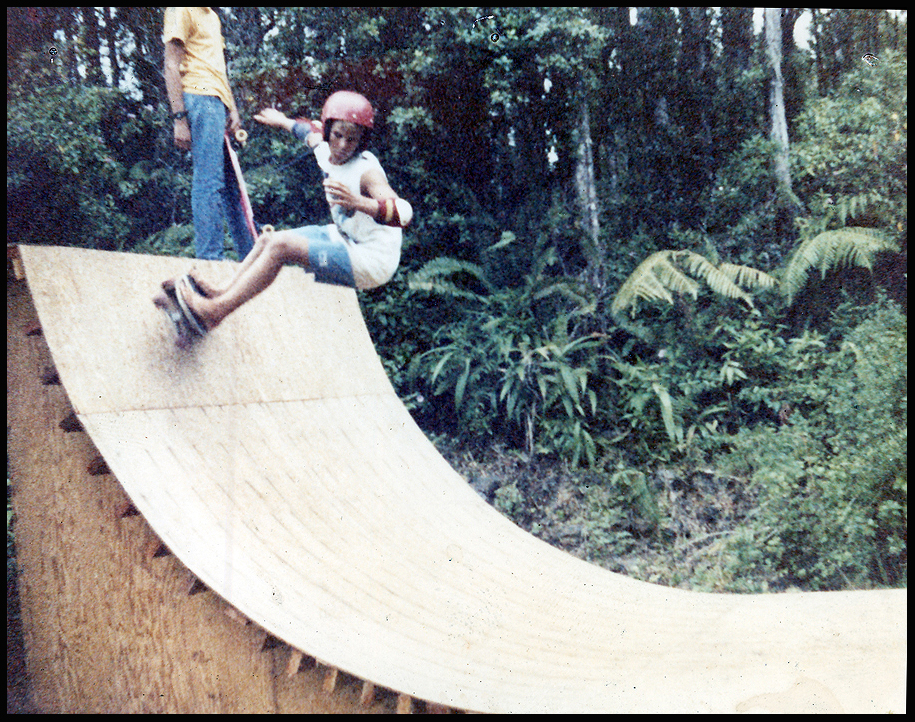
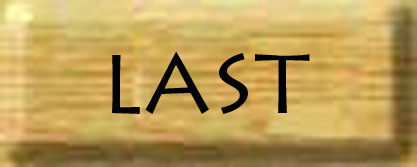

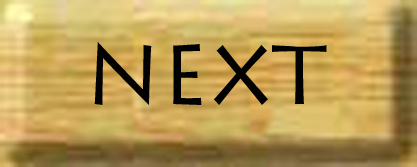
Chapter 2
The Perfect Wave

Right after JW was born in 1971, our commune moved into a big Victorian house in San Francisco. A couple of years later when we closed down that house, much of our tribe reconvened in different living arrangements on Hawaii's Big Island. People from that commune remain close friends to this day, and they'll keep cropping up in these stories. In 1975, JW's Mom, Patti, and I split up and I went back to the mainland to regroup in 1977.
In 1979, I was returning to Hawaii to settle down and enjoy the life of a single father. After a two-year absence on the mainland, I had some new skill sets.
I had worked one year each with two old friends from our extended Bay Area commune. I spent a year filling in the gaps in my understandings of house building with my old pal Gary Cohen. I spent the following year with another communal brother, Mark Taylor, building over sixty redwood hot tubs in the hills of Berkeley, Oakland and San Francisco, many with fancy environments of decks and fences. In June of that year, I was issued my California General Contractor's License, packed up four hot tubs and three Moonbeam side arm heaters and took my small bankroll to the Big Island.
By 1983, after a few bobbles, I had found a groove, and life was mellow. I was nearing my fortieth birthday, and had realized a dream of living a really basic lifestyle building simple houses on the tropical lava flows of East Hawaii. My son was 12, and we were living in one of three off-the-grid houses that the two of us had built on the edge of the rainforest. We had three dogs, nine when Hokulea had her puppies, two of which we kept. And at one time, we had at least seven surfboards.
When JW had expressed interest in surfing a few years earlier, we had gone down to Gaughen's Emporium, a friend's secondhand store at Keaau Junction, where the Pahoa Road meets Volcano Highway. We made a deal for every used surfboard in the place. I think there were about six, and the whole bill came to $95.00. I had revolving credit with my good friend Tim Gaughen. Funny things seemed happen in and around Gaughen's Emporium. I could pretty much take anything in the store and pay it off in carpentry later...always a good deal since Tim was a lot of fun to work with. There was always something to be done to upgrade and enhance the Emporium, and I was the guy. We peddled a small number of the hot tubs through there that I had brought with me from the mainland. I was Tim's go-to guy for lots of little projects around Puna. We nearly doubled the size of his rambling household in Volcano Village.
With Tim, we once built a house by buying odd lots of lumber of miscellaneous dimensions at this annual odd lot sale at the Hawaii Planing Mill, trucked it out to a cloud forest clearing in Volcano, and just built what came to mind given the situation, the space, the lumber pile and the collective imaginations of those present on any given day. Then, after it was completed, I drafted the plans for it; then, I got the permit for it; then, next day, they sent an inspector out. It was a dreamtime for me, bringing house building to the art form that it can be when the permit process is out of the way. Building what you want in the moment, then getting permission later is a rare thing these days. But it was laid back Hawaii, and in that time and place I was well enough known in the building department that the bureaucratic details could be satisfied at the last stroke, not the first.
Anyway, we took all these surfboards home, lined them all up in JW's room. Some we picked out for him to try in the water, some needed repair first, some we just chopped up for parts or stripped for our reshaping experiments. We made a belly board out of one. How it feels to shape the foam, lay the fiberglass and to know that smell of acetone, acrylic resins and epoxy become nostalgic sensations to a surfer. They are nasty toxic chemicals you wouldn't want to spend a lot of time in a closed space with, so we used them outside.
A few miles North of Hilo on the East-facing coast of the Big Island, Honoli'i Stream meets the ocean below high red bluffs. In one legend, it's the place where the demi-god Maui met his end. The river-mouth and bottom conditions make an excellent surf spot with multiple zones for different levels of skill: a dependable, often overhead and occasionally tubular left north of the river-mouth channel, medium sized lefts and rights mid-channel, and an easy small shorebreak over shallow water near the beach. Waiting on the outside between sets, the Honu sea turtles bob up so close to you that you catch a whiff of their wet garbage bad breath, before they return to foraging on the bottom.
JW was always a high-energy action figure kind of a kid, and easily took to surfing. Over repeated trips to Honoli'i he taught himself the basics, and tested our different surfboards. Before long he knew which one to ride, and how to fix the dings from his crackups, repairs of either fiberglass or flesh; how to install a fin block or leash plug; and he discovered the moving terrain and kinetics of the ocean that you can only learn through getting out there and playing in it.
Well, turn the pages on this scene a few years and we've got this: We're up early on a Sunday morning, got our papaya right off the tree, we've gone down to Pahoa to get the Sunday Hilo Tribune, eggs and rice; coffee for me and guava nectar for JW at the Circle J; then continued on down a road that was lined on both sides with mango trees, through a mango tunnel, along a mango road slippery with fallen mangoes, through a gauntlet of falling mangoes, denting the truck, to a place along a jagged lava coast near Pohoiki Bay known locally as "Shacks."
JW reads the funnies and then hits the water while I spend a little more time with the news and coffee. Finally, about 8:00, I get out of the truck, wax up the surfboard, strap on the leash, and walk into the water. There are hot volcanic springs along this part of the coast, and right where we go into the water, the temperature is just about like getting into a bathtub; the water gets cooler as you paddle out. It's an easy paddle to a big square-edged underwater shelf, where the molten lava cooled abruptly to a stop. There, the deep ocean swells jump up as square-top head-high made-for-surfing wavewalls that peel off evenly. After an hour in a watery no-mind of gliding in the waves and sunlight, in these ideal conditions, JW and I are sitting on our boards, bobbing in silence in a glassy calm between sets ...and we look around, and realize that we are the only people there ...9:00 AM on Sunday in heaven. Heaven is a momentary state of mind, available to all who look for it; but in surfing, there are some days that line up better than others.
It's not always a clear sunny day in Hawaii with head-high walls all to yourself, but along with the invention and evolution of the skateboard, there comes a generation that learns to "surf" the streets, parking lots, parks, drainage ditches, empty swimming pools, chunks of broken concrete, and warehouses and all manner of inanimate objects: and thus, surf can be found in any weather and the "surf" is up whenever a skater's energy and imagination are up. Better still for me; the perfect wave can be built, in plywood and Masonite; and the possible configurations of ideal terrain and riding surfaces are endless. That's where I came in; I got to build some really cool stuff skaters thought of.
We lived way beyond the end of the power and phone lines, water and sewer and gas lines, way out in the sticks of East Hawaii beyond the paved roads. Our road was a bulldozer track along the edge of the rainforest surfaced with red volcanic cinder; you could run on it, you could ride a bike on it, but you couldn't skateboard on it.
JW's Mom, Patti, lived down by Hilo Bay on the north-facing coast and often on the weekends he would go down to stay at her house. She had a good surf spot nearby at Four Mile, and she had a little pavement, a driveway. When the surf was flat, JW would take to tapping up and down on his skateboard in her driveway and before long he wanted to have some kind of banked obstacle that he could set up to practice kick turns on.
Skaters learn the fundamentals of structure by leaning a piece of plywood against something and trying to skate on it, or off it, or up it, or over it. The thing slides, or it falls, or it sags or it bends, or it breaks ...or it works! Ramp building is figuring out how to prop things up better.
JW had a piece of 5/8" plywood that was half of a circular cutout from the skylight at our Ainaloa house, and we beefed it up with 2" x 4"s and a hinged leg so he could put it away in his mom's garage and not take up too much space. At that initial level of skateboarding, you just need a little banked surface to develop the basic skill of the kickturn right in your own driveway.
When I had returned to the Big Island in 1979, it was agreed that JW would come to live with me out in Pahoa, in the Puna district. I arrived that summer and immediately found projects in the heart of town. JW was going to come live with me when school started in September. Pahoa Elementary had the outward appearance of a upstanding school but during the summer I had heard increasingly alarming stories about what went on there; the belligerence and violence, the racial divisions among the kids. I learned that just that spring, some seventh grade girls had lured a fifth grade boy into the girl's bathroom and stabbed him over some marijuana taken from someone's locker, and he died. I began to think that my Puna plan was not such a good idea after all. The team slogan at Pahoa Elementary was, "Home of the Daggers." Sheesh...But by that time, I was committed; I had spent most of my resources buying a fixer upper off the grid in nearby Ainaloa, and that's where we were going to live.
Then I got the word about Malamalama School, a hippy school in Opihikao, above the Southeast facing Kalapana coast. About three acres of a sugarcane field had been cleared and a mowed grass lawn was maintained. It was the homestead of David and Donna Gradwohl and their three kids, the oldest of which was JW's age. They were determined to provide a quality school experience for their own brood and had rounded up enough like-minded parents and resources to pull it off. Two simple schoolhouses had been built and three grade levels were being conducted. Here, the teacher for JW's class, Mr. Greenlaw, led the class in singing "We All Live in a Yellow Submarine" each morning. Much better.
Among the parents there were Klip and Kathy. Kathy had two boys, Brian and Henry, one in JW's class. Without the four of them, JW's attending Malamalama School would not have been possible. They provided a place to hang out after school and a ride to and from. Occasionally, they hired me to build stuff on their property in Leilani. Like many homesteads in Puna, the roads and driveways were bulldozed tracks through the jungle, surfaced with red volcanic cinders. Their yard and buildings sat in a clearing surrounded by huge Hapu'u ferns and Ohi'a trees. The compound consisted of the original round yurt-like building dominated by a kitchen, and a two-story house built at a later time with three bedrooms upstairs, and the entire downstairs was devoted to making music. There was a piano, a drum set, clarinet, violin, miscellaneous guitars, amps and a saxophone. Klip played the sax with a jazz group at the local tavern in Pahoa, and would often have his buddies over to the house to jam.
The first thing they asked me to work on was a huge crudely built roof that covered the outdoor space between the two buildings. The building inspector had some problem with it. I took a quick look and thereafter refused to go underneath; I wouldn't even go under to talk about it out of the rain. Klip said the building inspector had acted the same way. There wasn't a lot holding it up. So my first project was to build a big roof structure, with properly sized beams, post and braces. Over the years, I was called upon to make lots of smaller improvements.
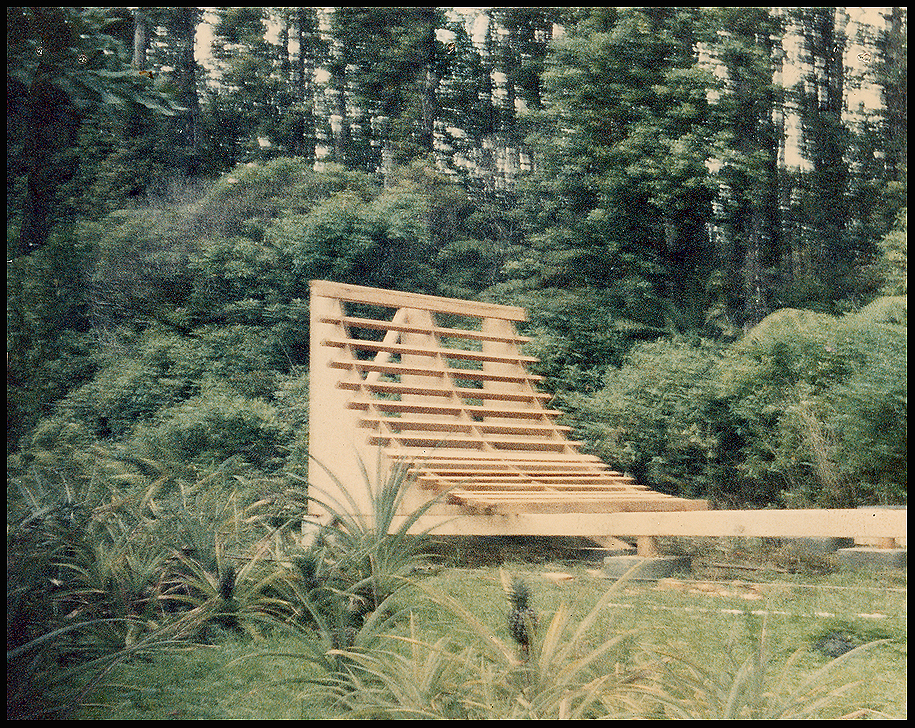
One day Klip decided that he wanted a skateboard ramp, a small halfpipe for the kids. They didn't have any skateable surfaces at their place either. I was naturally the guy to do it. I bought the latest skateboard magazines figuring there would be an ad for ramp plans. I never found such an ad but I learned enough, I thought, by looking at the pictures. What did catch my eye, though, was something that's a shock to any parent; an article entitled something to the effect of "How To Regain Your Nerve After Your First Major Injury." Oh great. It assumed that there would be major injury...and more than one. So I turned to J.W. and asked if he wouldn't like it just as well if he stuck to some sport where there's something soft to land on like water...or snow. He reminds me of the two occasions he witnessed me bloodying my back bouncing off the reef at Pohoiki Bay, and another time, coming out of the water with a deep coral gash in my foot at Kalapana, and all the stories of catastrophe and mayhem in the surf when I was younger. "OK, OK," I said, "adventure's not safe ...of course it's not safe." Theme parks are safe. Watching TV is safe: Life's real adventures are not safe. Learn first aid, and go ahead on.
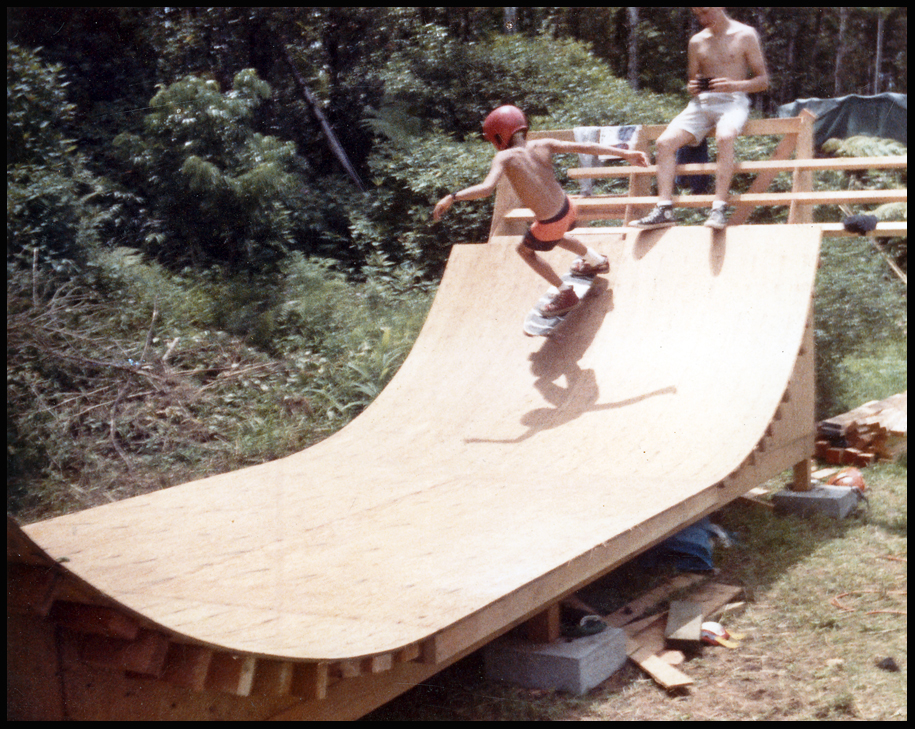

The trouble with the Leilani ramp was that it became obsolete before it was even finished ...before we were skinning it with Masonite, the kids were riding and realizing that they were going to want it wider, and higher: and I was realizing that it wasn't built so that it could be easily expanded. It was fun, but flawed in that way. It was an important lesson in rampbuilding: Build with the expectation of evolution. In this case, I cantilevered the joists of the skating surface over the edge of the bulkheads. This made the ramp more difficult to add to, to widen. These creations are going to be remodeled and recycled endlessly. The skaters will always want it wider and higher: more, more. There will be need to move the ramp, for a variety of reasons. So the common structure of ramps is modular, so that the cannibalized parts can be part of future incarnations. Still, the Leilani ramp was big fun and served the purpose of advancing the kids' skills; mine too. I never found the article about how to build a skateboard ramp, but now that I've written this book, folks aren't going to have that problem.
During our six years in Puna, Malamalama School had morphed into a Waldorf School with a nice big new building in Paradise Park, closer to where we lived in Ainaloa. The school had kept adding a new grade each year, keeping up with that original age group in Mr. Greenlaw's yellow submarine. By 1985, JW's class was high school age, and Malamalama School could no longer keep up with expanding needs for facilities and teachers. JW spent one year at Hilo High, staying with his Mom during the week. I figured it was time to move to the mainland.



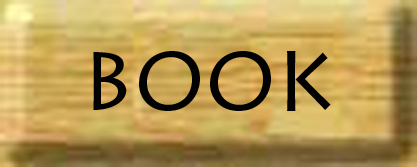
© 2017, 2022 John Oliver
All Rights Reserved
mail@unclejohnsweb.com
